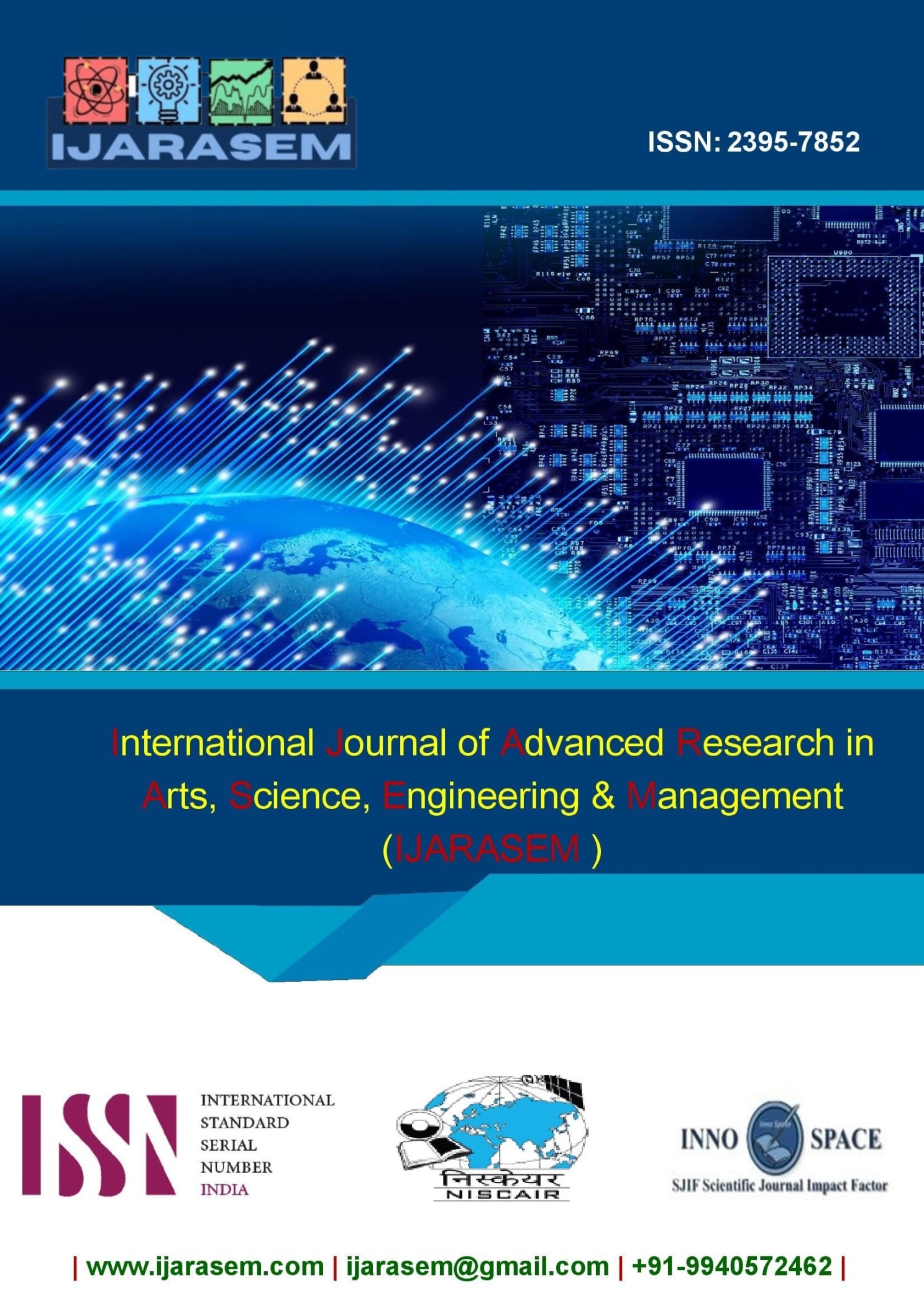- Monday, Dec 15th, 2025
| TITLE | Ethnocentrism in Aravind Adiga's between the Assassinations |
|---|---|
| ABSTRACT | This study examines Aravind Adiga's Between the Assassinations with an emphasis on the interpretation of ethnocentrism. The narratives occur in the make-believe South Indian town of Kittur, during the politically unstable decennium between the assassinations of Indira Gandhi's (1984) and Rajiv Gandhi's (1991). The writer takes the reader on a thorough journey through the social interactions of India's rural area through these works. In this paper, the concept of ethnocentrism is described as the main theme in the collection of stories by considering thematic analysis and intensive reading. Ethnocentrism is defined as the practice of communities and individuals evaluating others based on their own culture, language, class, religion, or region, which they believe to be superior. These characteristics are displayed by the characters in Between the Assassinations as instances of linguistic prejudice, religious othering, class-based contemptuousness, cultural superiority, and internalized colonial hierarchies. These outlooks not only centralize the moral optics that justify exploitation, but they also sustain social exclusion and violence. The discussion of Adiga's corrective strategies, such as satire, irony, and narrative focalization, which permit the reader to see through and disprove ethnocentric assumptions, comes at end of the paper. |
| AUTHOR | Parameshwar B. Vikhe, Dr. Shriknt R. Susar Research Scholar, Dept. of English, Shri JJT University, Jhunjhunu, Rajasthan, India Asst. Professor, Dept. of English, P.V.P. College of Arts, Science and Commerce, Pravaranagar, Maharashtra, India |
| VOLUME | 12 |
| ISSUE | 5 |
| 10_Ethnocentrism in Aravind Adiga s between the Assassinations.pdf | |
| KEYWORDS |

Copyright@IJARASEM